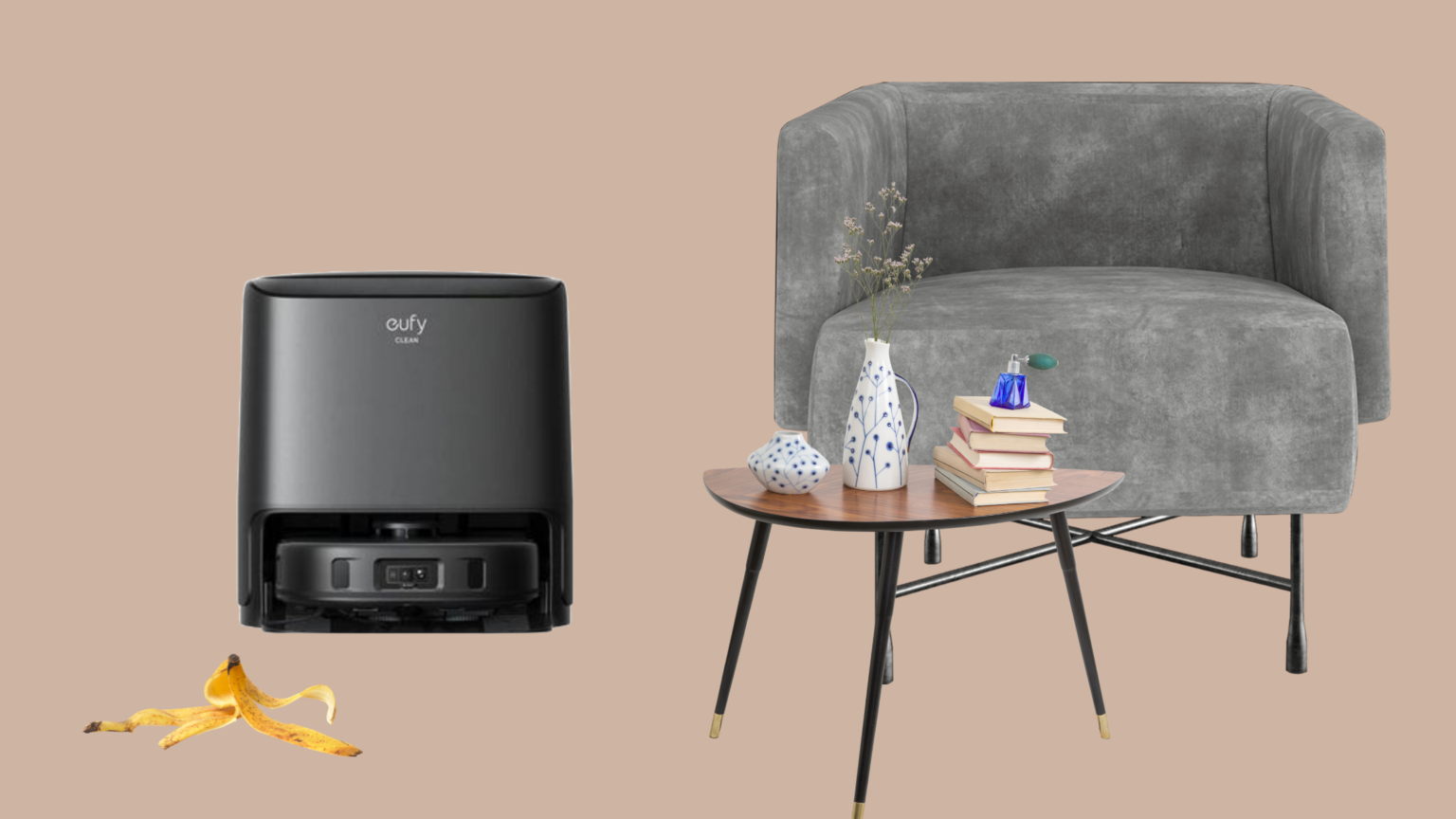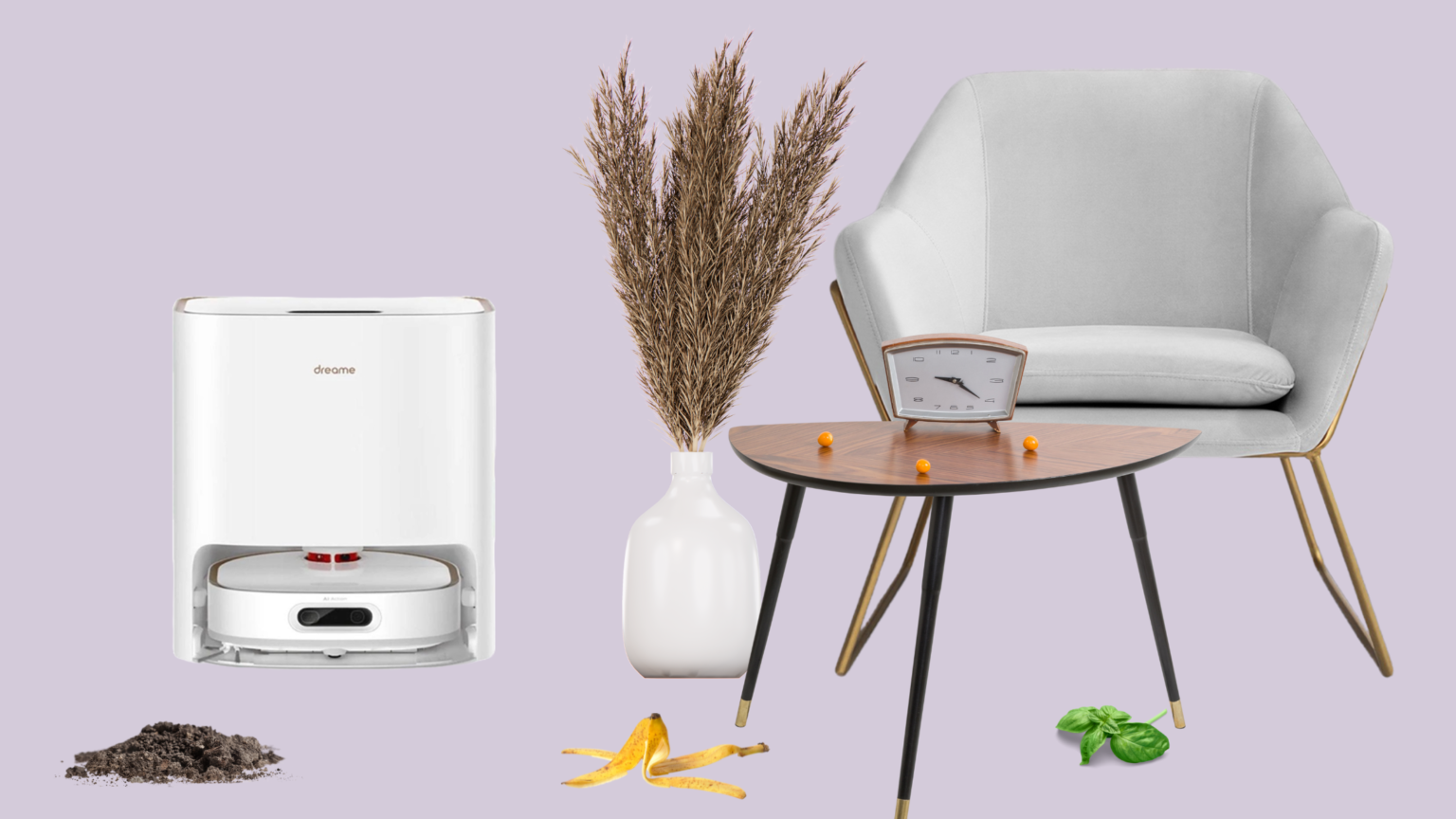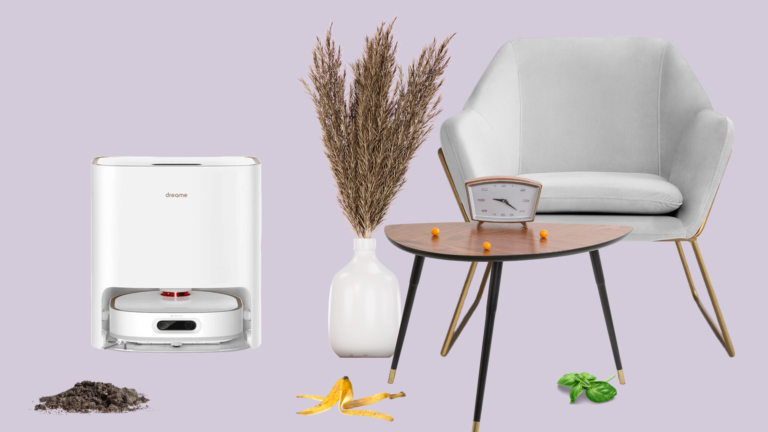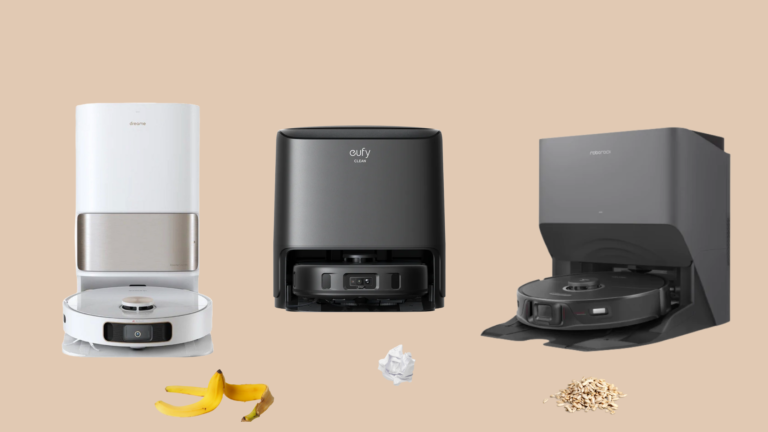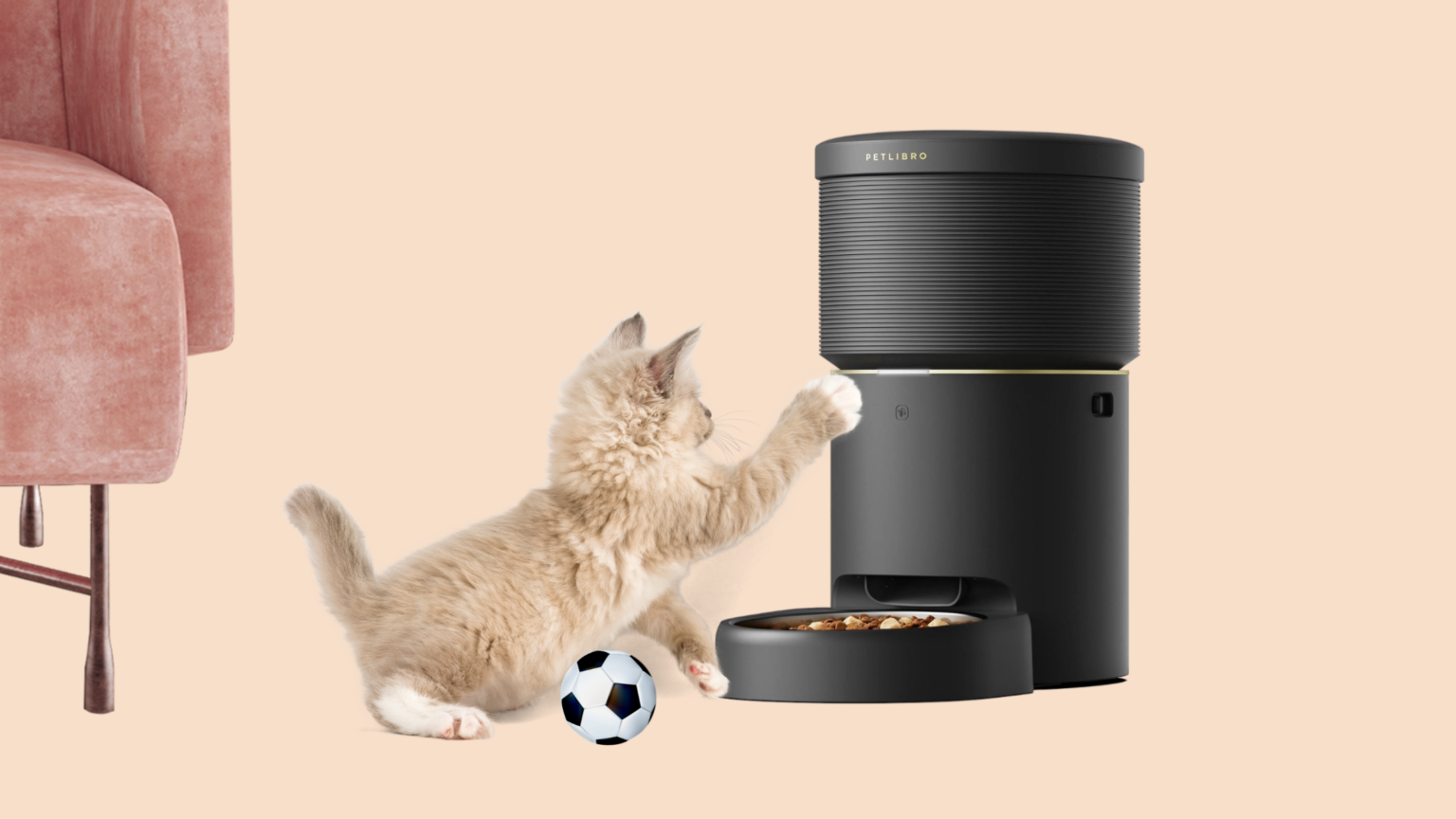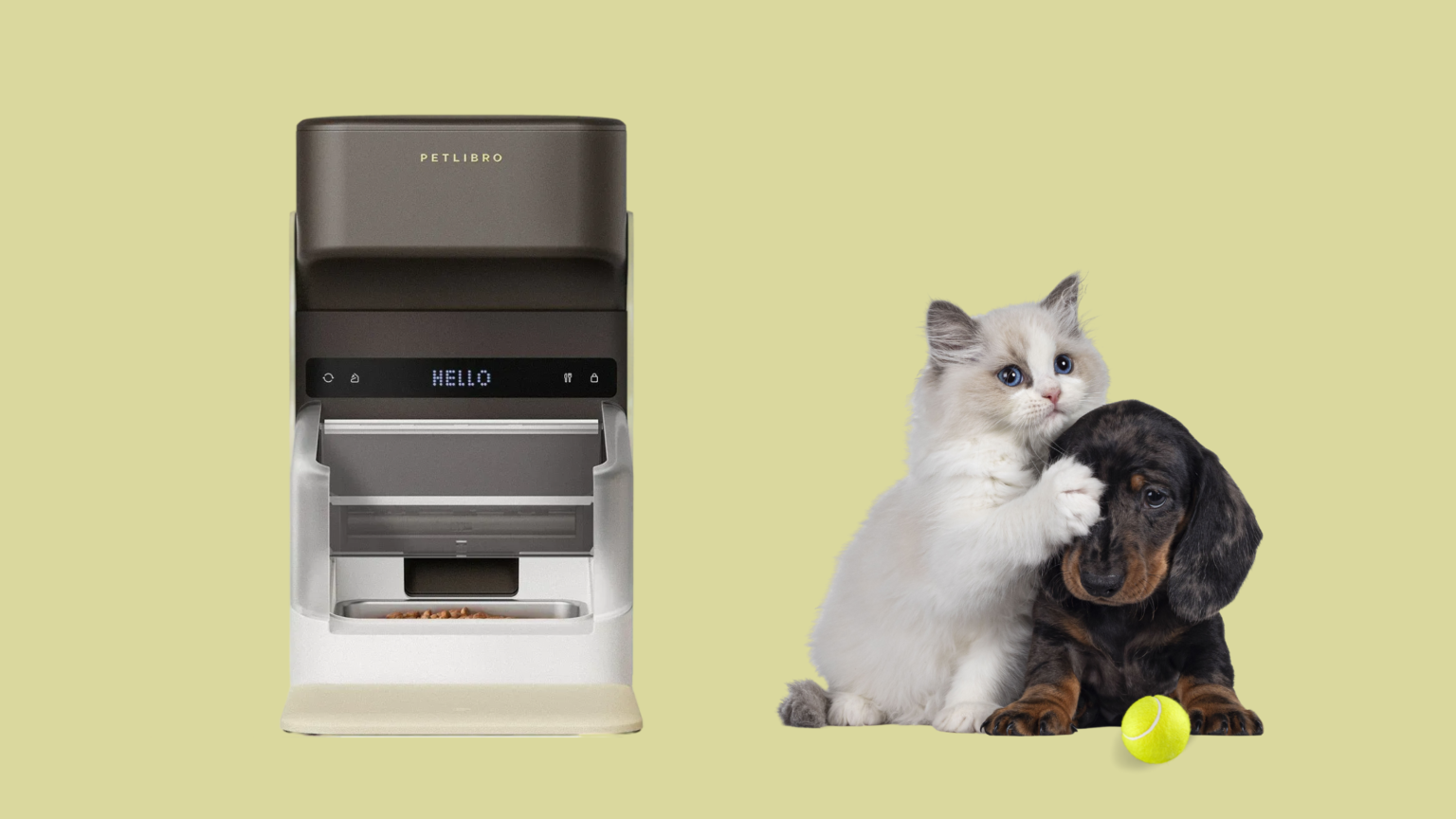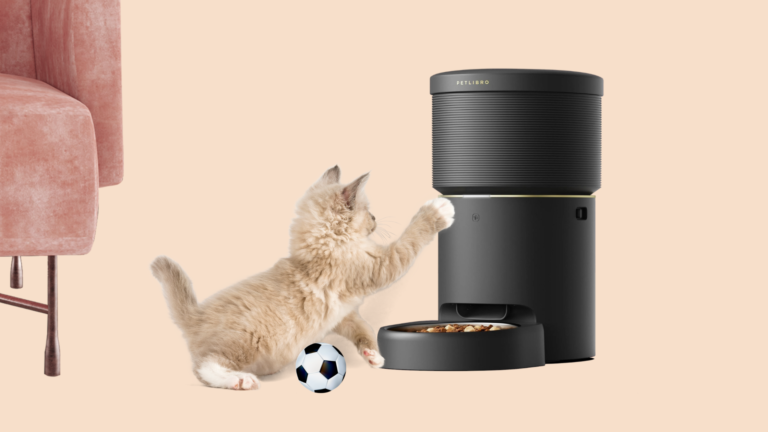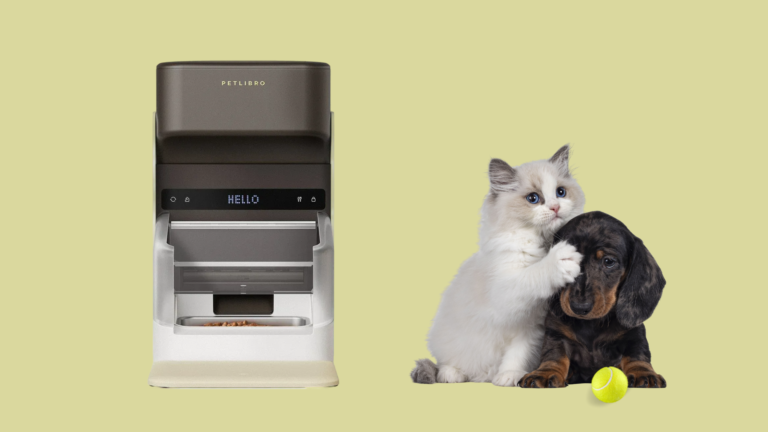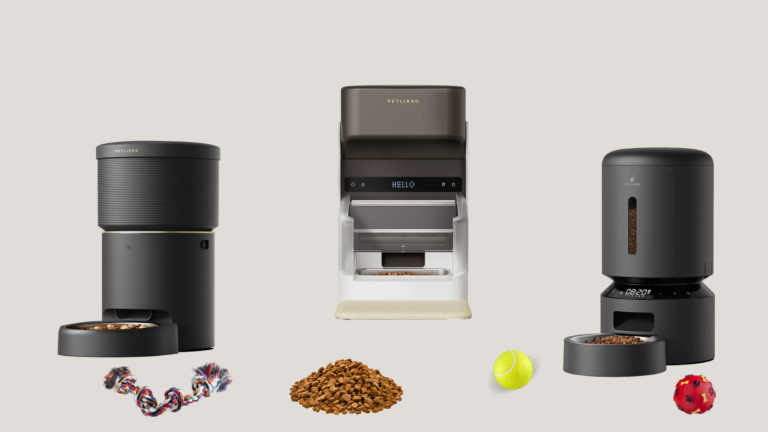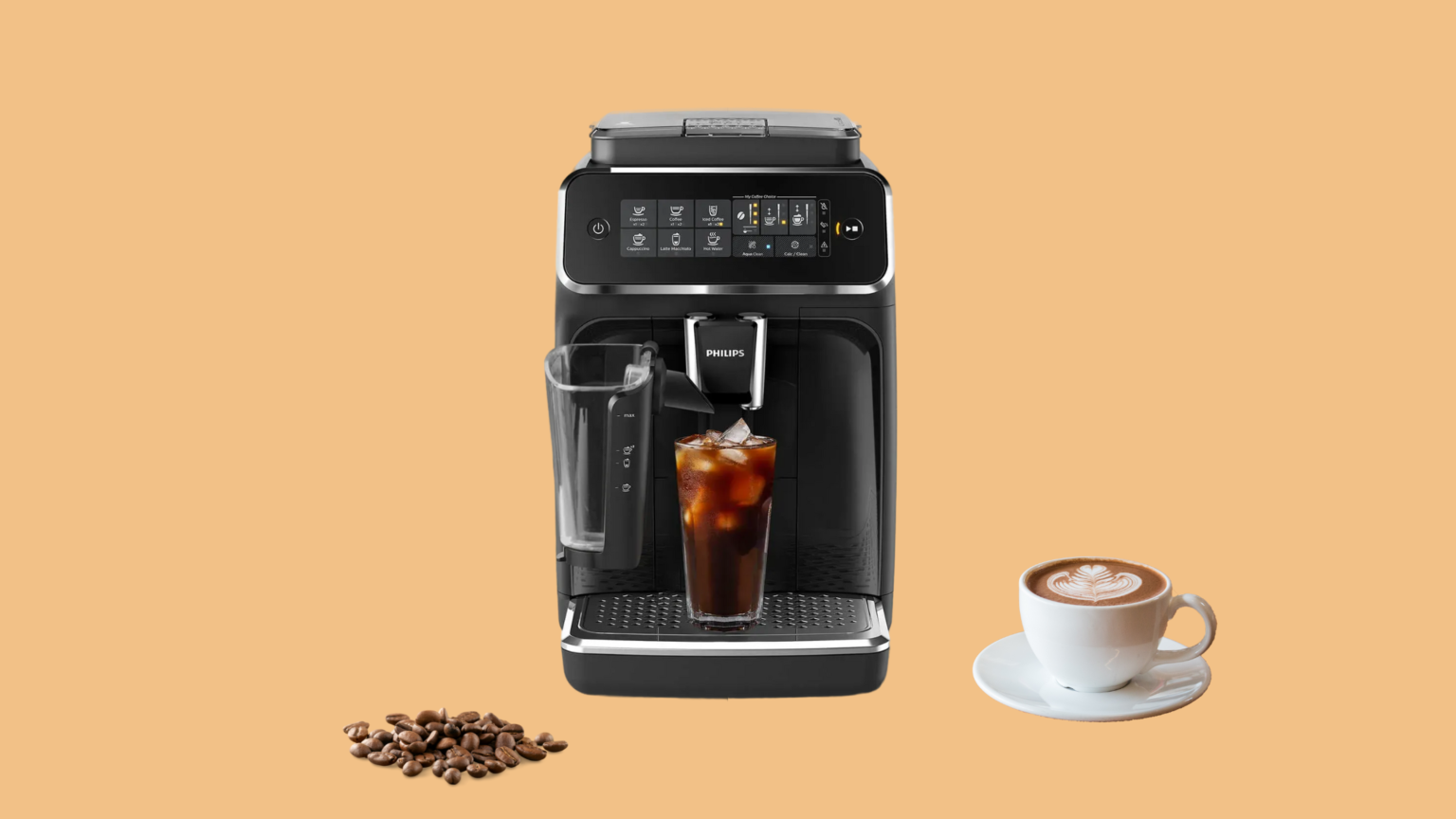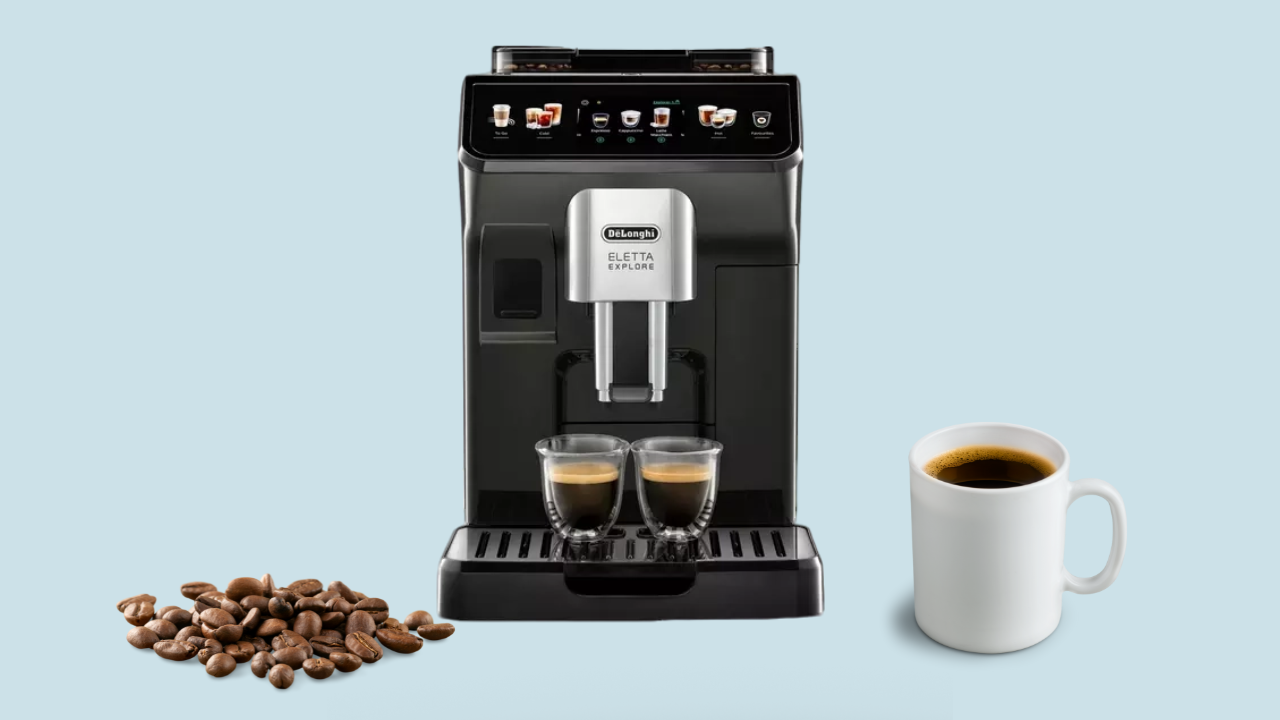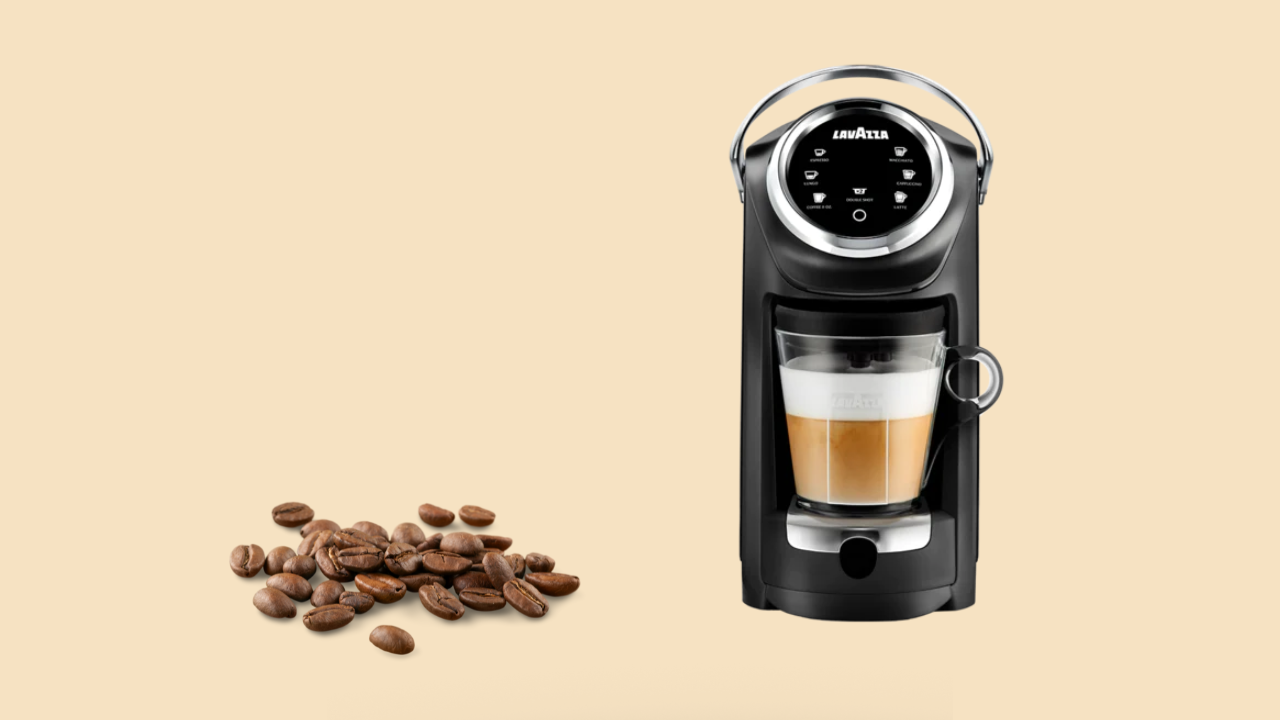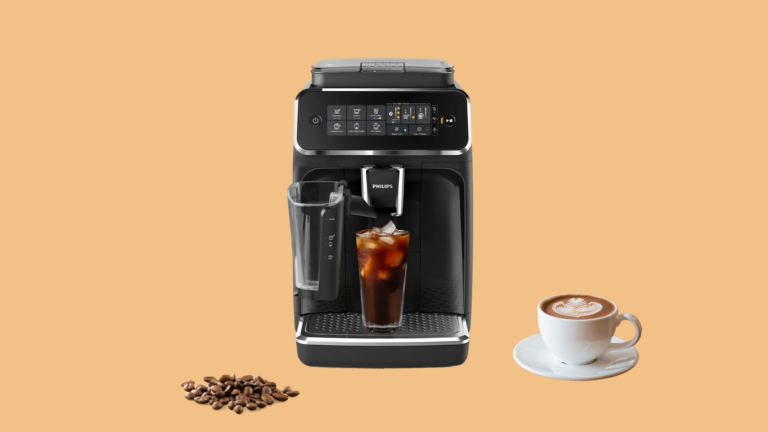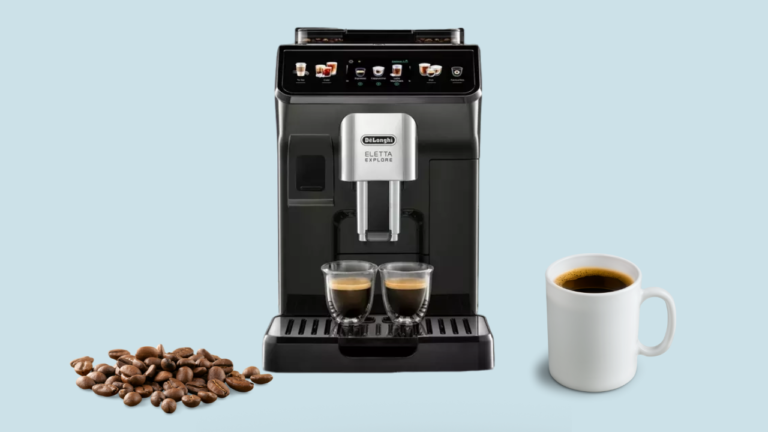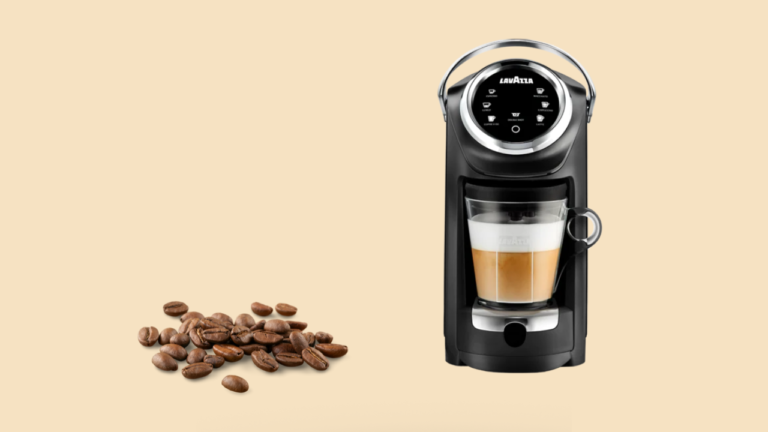9min read/ Rashko/ 7.13.20232
Learn how to keep your pet energetic and vibrant
Overfeeding pets is becoming a serious problem. Studies show that 56% of dogs and 60% of cats are already overweight. Portion control of your pets is essential. When meals are not planned, the portions are chaotic, which is a prerequisite for the accumulation of a lot of food in their bowls. This prompts them to eat when they want, which in turn is a prerequisite for the accumulation of excellent calories.
Controlling portions has a big influence on a pet’s health. Weight gain puts strain on the joints and internal organs, increases the risk of diabetes and heart disease, and shortens life expectancy. Additional food equals fewer nutrients per calorie, which has an influence on nutritional balance.

Table of Contents
- Understanding portion control for pets
- How do automatic pet feeders operate?
- How to setup your automatic pet feeder
- Conclusion
Understanding portion control for pets
For their health, well-being, and longevity, pets must be fed the right quantity at each meal. Nutritional needs are not addressed and health problems might develop when portions are unbalanced, either too big or too tiny. A pet’s age, size, level of activity, and other considerations should all be taken into account when determining the appropriate portion size.
The portion size of a pet relies on a number of factors that might alter daily.
- As dogs age, their calorie requirements may go up or down.
- Seasonal changes may prompt greater grooming, which increases the amount of hair and skin that enters the diet.
- A change in portion size may be necessary due to the effects of medical issues or drugs on metabolism and absorption.
- Activity level often impacts appetite and may be higher on days with more exercise.
Good portion management for pets has a number of advantages. The risk of obesity, diabetes, and other weight-related health concerns is reduced when quantities are appropriate for a pet’s daily needs. Additionally, leaner animals often have more vigor and endurance, making them better suited to active lifestyles. When servings are scaled adequately depending on your pet’s life stage and activity level, nutritional balance is simpler to accomplish.
Pets who eat a balanced diet live longer, healthier lives. The diet is delivering the necessary nutrients when the skin is soft and the coat is shiny. When not overworked, joints and muscles stay strong and important organs operate normally. With fewer power conflicts during meals, potty training may be simpler, and negative habits have a tendency to fade.

How do automatic pet feeders operate?
There are many different types of pet feeders, ranging from basic timed feeders to high-tech models with Wi-Fi connectivity and smartphone apps. The particular feeder that best meets your demands will rely on things like the number of pets, the necessary feeding schedule, and the necessity for portion control.
Kibble or wet food dispensers may feature two to twelve feeding platforms or stations. Larger feeders take up more room but can contain more food for less frequent refills. Food remains fresher for longer between fillings in feeders with lockable lids. Fixed timed feeders deliver basic dispensing at predetermined times, while programmable feeders let you create a sophisticated feeding plan.
Spill guards to minimize mess, non-slip feet for stability, detachable and dishwasher-safe parts, backup power sources, and collision sensors to prevent overfeeding if a pet blocks access are other elements to take into account. For mobile controls and feeding notifications, feeders with USB ports or Wi-Fi can link to other accessories or smart home systems. Premium feeders include features including adjustable feeding hoppers, precise portion controls, and overload prevention.

How to setup your automatic pet feeder
Determine your regular feeding schedule and the rough portion amounts for each pet before setting up an automated feeder. Set up scheduled dispensing cycles in the feeder and make necessary adjustments to suit nutritional needs and reduce food waste. Place the feeder in a convenient location that is distant from pet feeding areas. In the case that big or energetic pets may reach the feeder, secure it to avoid tipping.

For the best portions, adjust the dispensing quantities according on the weight, age, and activity level of your pet. To keep food fresh, make sure any locks, latches, or seals are correctly seated before filling. For certain feeders to start dispensing correctly in accordance with the specified schedule, calibration or startup may be necessary. You may modify the schedule as necessary to maintain portions that are suitable for your pets’ lives once the feeder is set up and working as planned.
When chosen and set up correctly, automatic feeders may eliminate portion control guesswork and guarantee that your dogs always have access to fresh, appropriately proportioned meals.
Conclusion
In conclusion, automated pet feeders are a great resource for any conscientious pet owner looking for control, consistency, and peace of mind while creating and maintaining a balanced, healthy feeding schedule.
They have the power to drastically alter how we feed our pets and the lives we share.

